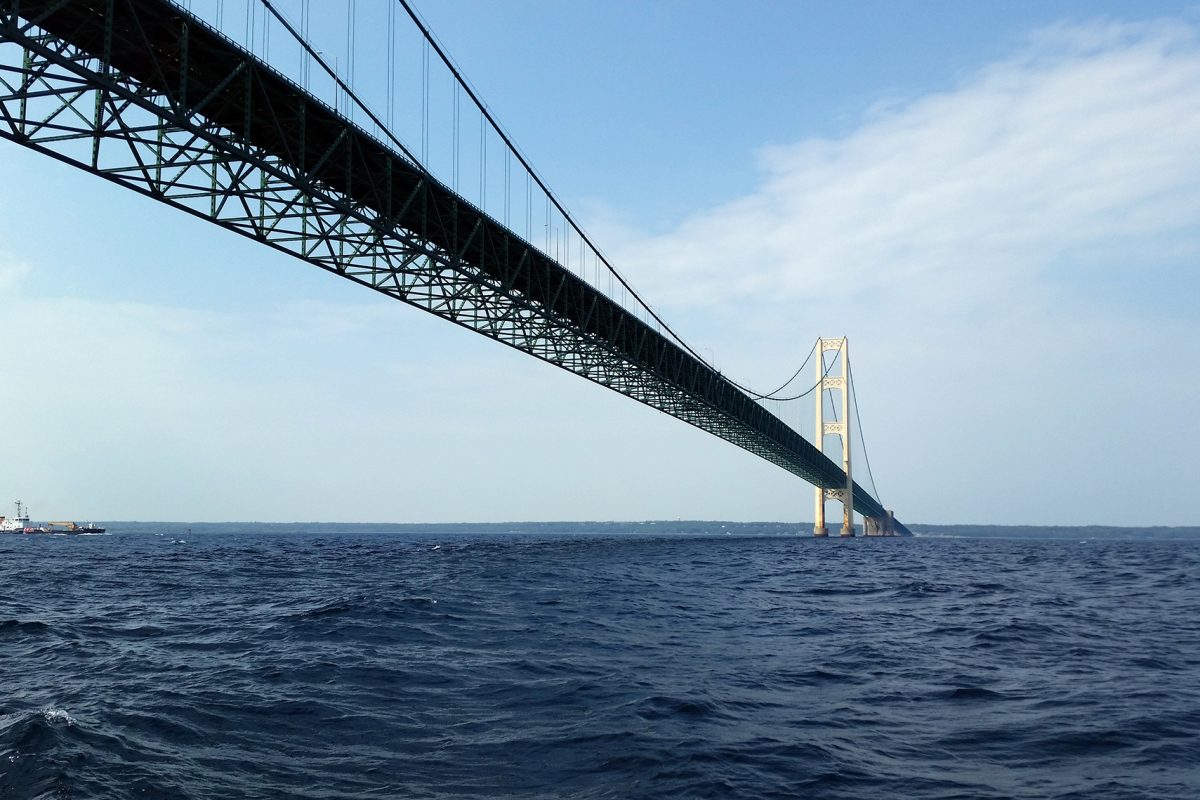
Swedish biathlete Mattias Nilsson is hanging up his rifle at age 29, he abruptly announced on Thursday.
After struggling with health problems all year – including hemochromatosis, when too much iron builds up in the body – Nilsson received confirmation last week that he had a leaky heart valve and that it was dangerous for him to continue competing in endurance sports.
“I had been somewhat prepared that this could be the news, but not that it would be so difficult to absorb when it came,” Nilsson wrote on his blog. “What do you do now? I had thought about skiing for another 10 years.”
The Östersund native joined the Swedish national team at 20 years of age in 2002, when he won gold at World Junior Championships. Since then he has never been Sweden’s biggest star, but has contributed to a strong and deep men’s team which placed fourth in the Olympic relay in both Vancouver and Torino.
Nilsson had two individual World Cup podiums to his name and four more top-ten finishes. He also placed seventh in the sprint at the Torino Olympics in 2006 and made the top ten twice at 2007 World Championships in Antholz-Anterselva, Italy, spurring then-coach Wolfgang Pichler to state that he believed Nilsson could ski as well as Norwegian legend Ole Einar Bjorndalen.
“I can think back to all the good years of racing on the trails when I was in super shape,” Nilsson wrote on his blog. “The most fun racing memory is when we won our first [World Cup] relay race in Oberhof in 2005. A miracle according to NRK’s commentator Rike.”
Nilsson had struggled in the last year; after finishing twelfth in the very first race of the season, a sprint in his hometown, he only returned to the top twenty one more time in the first two periods of World Cup action. He did not compete in the World Cup races in Fort Kent or Presque Isle, and was not selected for World Championships in Khanty-Mansiysk.
Nilsson wrote that his hemochromatosis was to blame for his falling fortunes. Over the long term, the disease can lead to organ damage, heart disease, arthritis, and diabetes. Nilsson experienced pain from a buildup of iron in his joints, and also fatigue, another common symptom of the disease.
The most common treatment for hemochromatosis is phlebotomy, when blood is systematically removed from the body – for example, a half-liter each week – until iron levels return to normal, at which point blood can be drawn less frequently to maintain a healthy iron concentration. This treatment is hugely detrimental to athletes trying to train seriously for endurance sports, but Nilsson had to try to balance his long-term health with his short-term success.
“Yes, I’ve had periods of recovery,” Nilsson told IBU News regarding the disease, which is genetic, but noted that more often, he didn’t feel great.
A 1997 study in the Journal of Medical Genetics reported that mutations which may cause the disease were carried by an estimated 15 percent of Western Europeans.
But through all of his fatigue and pain, Nilsson maintained a positive attitude and was committed to biathlon. It was only the heart condition that made him give up his sport.
“My thoughts have been spinning since the visit,” Nilsson wrote on his blog. “The doctor’s recommendation is to finish with elite sport, because there are increased risks with it. It’s the little heart that is the culprit for everything.”
While he was disappointed that his career had come to an end, Nilsson told IBU News that he was trying to look on the bright side: for instance, he was glad that he no longer had to wonder about how he would balance his health with his job as a biathlete.
“I feel like I’ve been in suspense long enough now and in a way it’s good to know what is wrong,” Nilsson said. “I would of course have preferred that the decision had been entirely my own, that I someday in the future would decide to quit. But now, hey, what can you do.”
In the end, Nilsson was left to look back on a happy and successful career.
“In addition to setting high goals [and] working hard… I will miss the community on the team the most,” he wrote on his blog. “Outside the race track, I think back on all the wonderful memories we have from the camps and competitions.”
His teammates reciprocated that feeling, with many writing on their blogs that they would miss Nilsson’s presence.
“I would like to thank Mattias Nilsson for many years with the biathlon team, and wish him every success outside the ski tracks,” wrote multiple world champion Helena Ekholm.
Looking toward the future, Nilsson was not sure what he would do now that he could no longer compete. But his life has changed in another way, too: four months ago, he became a father for the first time, which he said made the transition easier.
“Life is not just about sport although up to now it has been a big part of my life,” Nilsson told IBU News. “[Being a father] puts more perspective on what life has to offer.”
Will young Alfons Nilsson become a biathlete one day too? There’s no telling, but he certainly has the right genes. Nilsson’s sister Anna Maria also competed at the 2010 Olympics, and racing is a family affair.
The younger Nilsson noted with sadness that her brother would no longer be racing, but was confident that he would rebound and continue to make the most of life.
“It was a sad statement that my brother Matthias had from the cardiologist,” Anna Maria wrote on her blog. “It’s never fun to have to give up something you love to do. But now he gets more time to family and little Alfie, and he will surely find new challenges.”



